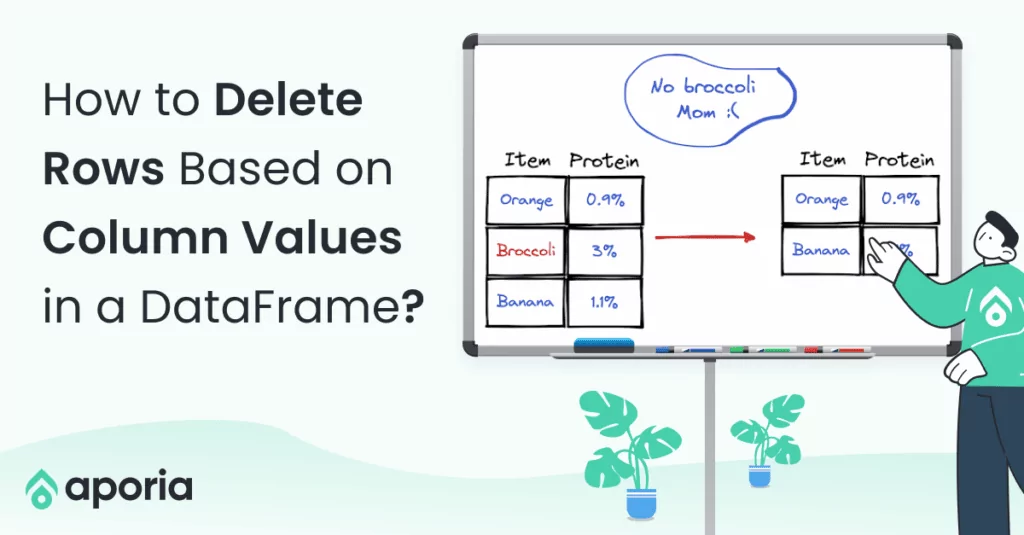
How to Build an End-To-End ML Pipeline With Databricks & Aporia
This tutorial will show you how to build a robust end-to-end ML pipeline with Databricks and Aporia. Here’s what you’ll...
Aporia has been acquired by Coralogix, instantly bringing AI security and reliability to thousands of enterprises | Read the announcement
DataFrame is a two-dimensional data structure, which consists of labeled rows and columns. The number of rows and columns give us the shape of the DataFrame, and therefore is an indication of the data size. In this short how-to article, we will learn how to find the row count of Pandas and PySpark DataFrames.

There are two ways of getting the row count. The first one is the built-in len function of Python, which can be applied to different data structuctures. For instance, we can use the len function to find the number of items in a list. When applied to a DataFrame, it gives us the row count.
len(df)
10000The other one is the shape method, which returns a tuple that contains both the number of rows and columns. We can get the row count by selecting the first item of the tuple returned by the shape method.
df.shape[0]
10000The count function gives us the row count.
df.count()
10000
This tutorial will show you how to build a robust end-to-end ML pipeline with Databricks and Aporia. Here’s what you’ll...

Dictionary is a built-in data structure of Python, which consists of key-value pairs. In this short how-to article, we will...

A row in a DataFrame can be considered as an observation with several features that are represented by columns. We...

DataFrame is a two-dimensional data structure with labeled rows and columns. Row labels are also known as the index of...
DataFrames are great for data cleaning, analysis, and visualization. However, they cannot be used in storing or transferring data. Once...

In this short how-to article, we will learn how to sort the rows of a DataFrame by the value in...

In a column with categorical or distinct values, it is important to know the number of occurrences of each value....

NaN values are also called missing values and simply indicate the data we do not have. We do not like...